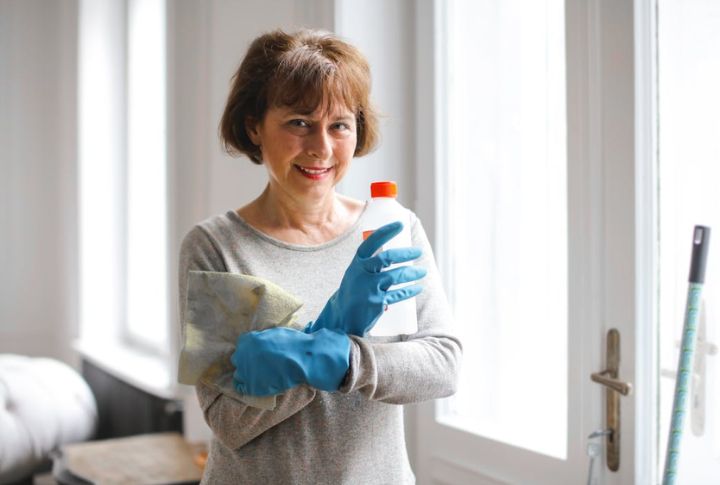
In homes across the country, people once solved everyday problems with whatever they had on hand. The ideas weren’t flashy, but they worked because they made sense. These little habits were rooted in logic and shaped by routine. And even now, they hold a kind of value that doesn’t fade easily. See which one still earns a spot in your routine.
Newspaper Makes Windows Sparkle
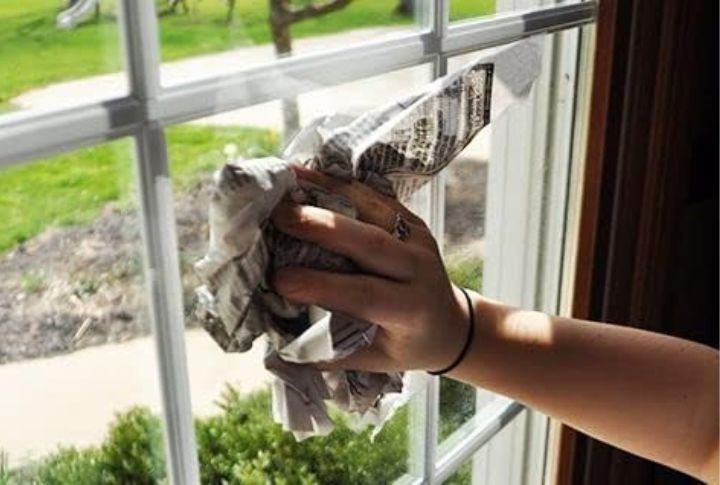
Today, cleaning experts like The Spruce and Good Housekeeping continue to recommend this overlooked cleaning trick. Paired with vinegar, it gave windows a polished shine in mid-century homes. With its dense fibers and ink, the newspaper glides across the glass without leaving behind a trail of lint.
Vinegar Cleans Like A Pro

In kitchens and bathrooms, vinegar quietly earned its keep. Common in 20th-century homes, it used acetic acid to break down grime and bacteria. Healthline confirms its strength against E. coli and Salmonella. Just avoid using it on stone or hardwood surfaces.
Baking Soda Neutralizes Odors
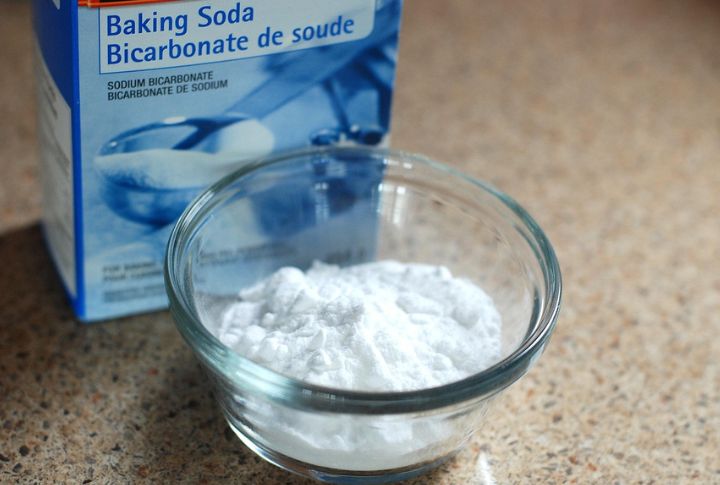
Baking soda did more than sit in the fridge. Since the 1920s, it has helped combat odors in shoes and trash bins. Sodium bicarbonate neutralizes smells by reacting with odor molecules. That simple reaction made it a top eco-friendly choice, according to industry experts in the cleaning sector.
Toothpaste Polishes More Than Teeth
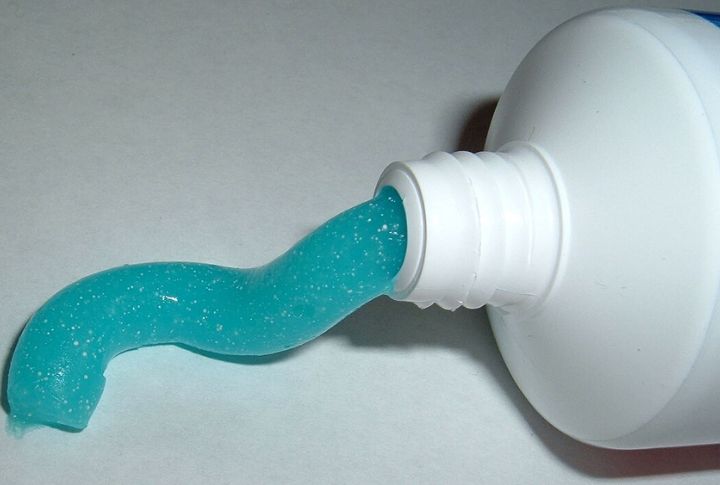
Toothpaste has a second life beyond its use for brushing. Auto detailers and repair guides recommend non-gel versions with mild abrasives, such as hydrated silica. These gently buff out scratches on foggy headlights or even sneakers. Who knew something from your bathroom could tackle scuffs in the garage?
Salt Scrubs Cast Iron Without Damage
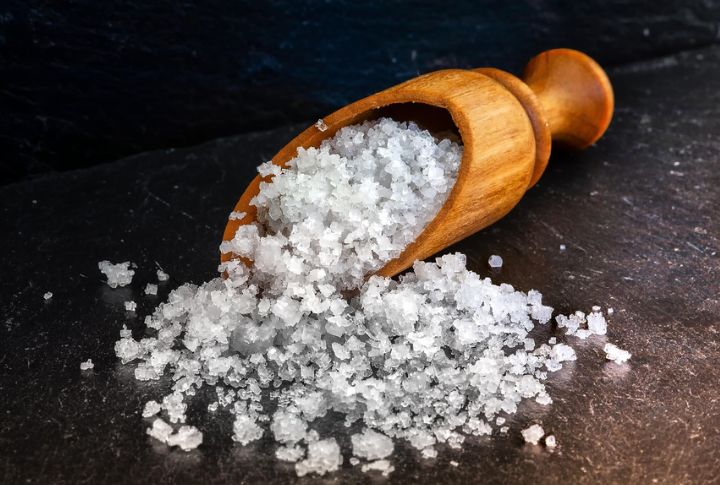
Many people swear by using a damp cloth or even a sliced potato for stubborn cast-iron cleanup. The real magic, though, lies in coarse salt—it lifts food without harming the pan’s seasoning. That’s why Lodge Cast Iron and America’s Test Kitchen still stand by this method.
Lemon Cuts Grease And Kills Germs

When grease clings to surfaces, lemon provides a powerful boost. Its citric acid breaks down oily buildup and also works as a natural antimicrobial. Studies on ScienceDirect confirm its ability to reduce bacteria, such as Listeria. Plus, it leaves behind a crisp, fresh scent.
Old Socks Make Perfect Dust Mittens
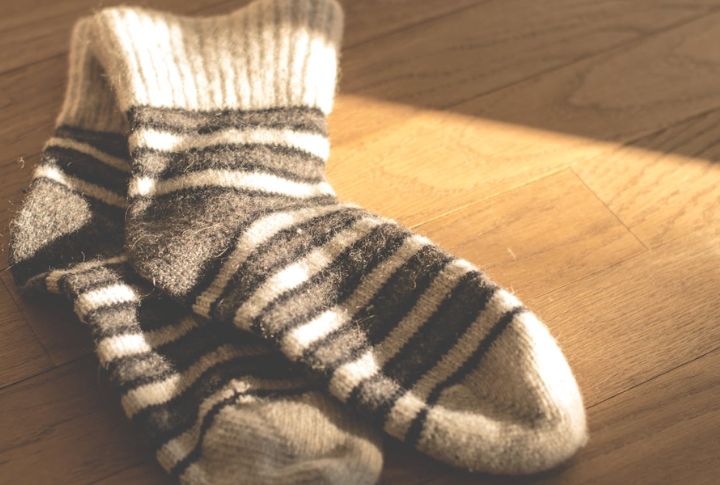
What seems like laundry waste can be a cleaning gem. Cotton socks trap dust more effectively than synthetic materials and are ideal for baseboards or ceiling fan blades. Eco-cleaning blogs still recommend them, and reusing old pairs also helps curb the growing problem of textile waste in the U.S.
Boiling Water Zaps Weeds Instantly
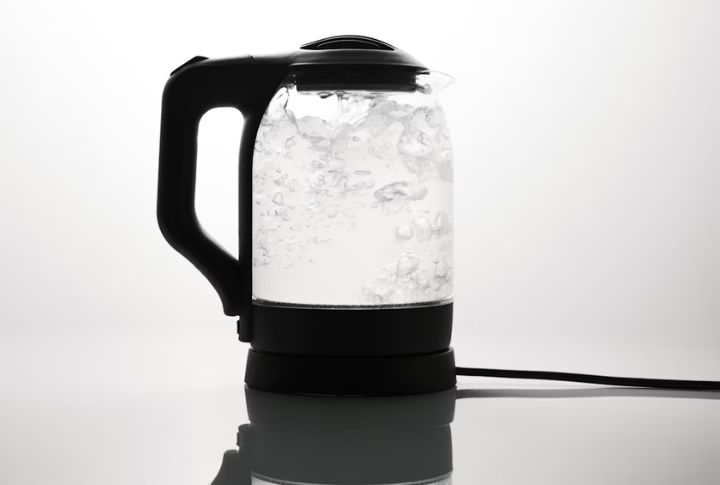
Thermal shock from boiling water kills weeds right at the root, which makes it a powerful alternative to chemical sprays. It’s especially useful on driveways and sidewalks. Safer for children and pets, the DIY is backed by the University of California’s agriculture experts as effective.
Potatoes Remove Rust With Chemistry
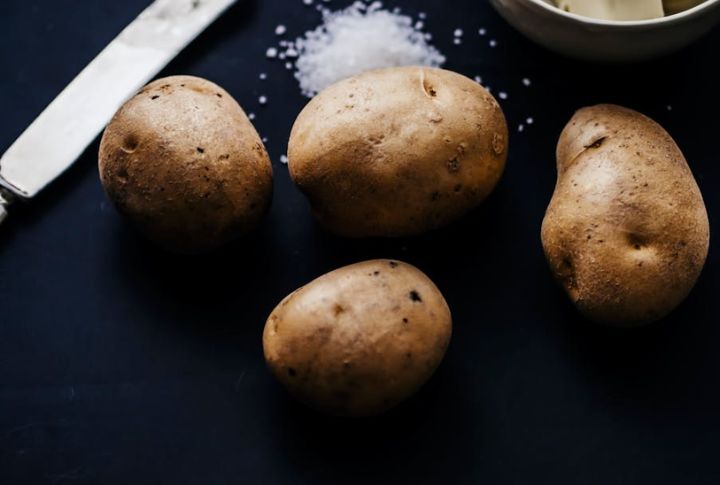
Do you ever wonder how a potato could tackle rust? Add salt or baking soda, and you’ve got a mild abrasive paste that works. The oxalic acid in potatoes reacts with rust to loosen its grip. This DIY trick is effective on tools and bike chains.
Bread Picks Up Glass Shards Safely
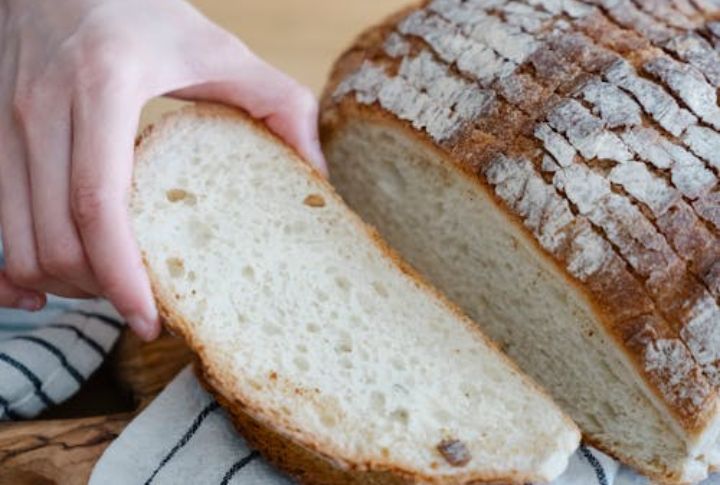
Kitchens and dining areas often hide glass slivers that escaped the initial cleanup. This is where soft white bread proves surprisingly helpful. Its porous texture picks up what brooms can’t. That’s why home safety and first-aid guides continue to recommend this simple, reliable cleanup method.
Cornstarch Lifts Grease From Fabrics

Just sprinkle it on immediately after a spill—a method still recommended by Consumer Reports for household fabrics. Cornstarch works by soaking up oil before it embeds in the fibers. That quick action can save shirts and more when grease stains try to settle in fast.
Silica Gel Dries Electronics Effectively

Experts from Apple and CNET agree: the best move is sealing the device with silica gel packets for up to 48 hours. It draws out moisture more quickly and effectively than rice. So when electronics get soaked, this simple method can help prevent deeper internal damage.
Toothpaste Revives Tarnished Silver
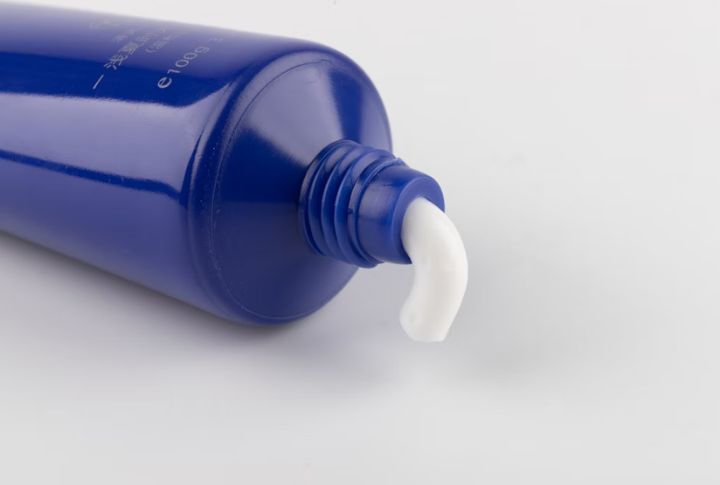
Silver may lose its shine over time, but a simple toothpaste trick can restore it. Buffing gently with a soft cloth and non-gel paste removes silver sulfide. Jeweler-backed advice supports this approach, which skips harsh cleaners while restoring the look of everyday decorative items.
Orange Peels Freshen Garbage Disposals
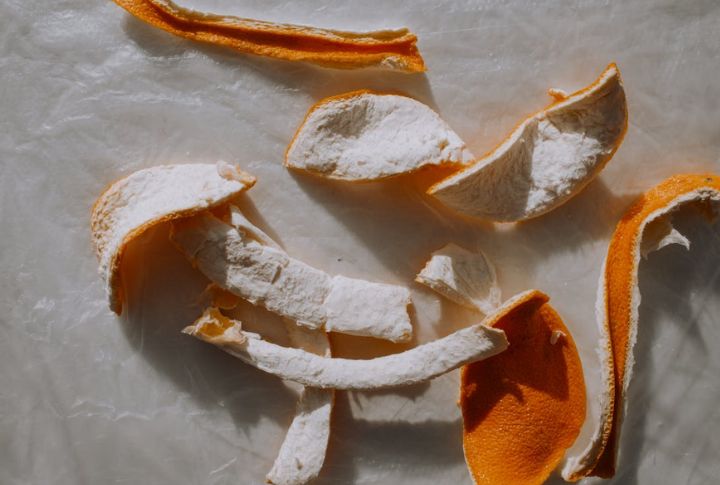
Don’t toss that orange peel just yet. If frozen first, it becomes a scrubbing tool that cleans disposal blades. The citrus oils naturally deodorize and add a fresh scent. Plumbers and waste management pros still recommend this simple solution for lingering sink smells.
Ice Cubes Erase Carpet Dents
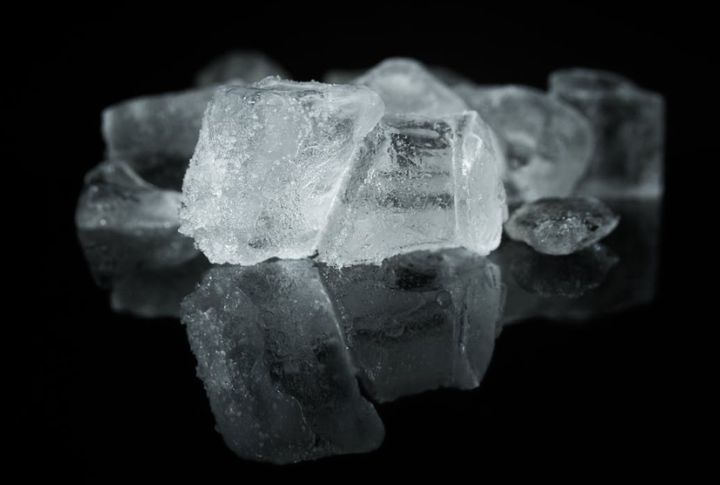
Those carpet dents from heavy furniture don’t have to stick around. Flooring experts and home stagers recommend placing ice cubes on the marks to help rehydrate and lift fibers. As the ice melts slowly, a spoon or coin can help fluff carpets, especially those made of wool or nylon.
Clothespins Organize More Than Laundry

Some tools never stop being useful—clothespins are one of them. Beyond their original chore, they’ve sealed food bags and untangled drawers for decades. Their low cost and everyday practicality are why DIY experts still recommend keeping a pile on hand for quick fixes.
Bar Soap Unsticks Wooden Drawers
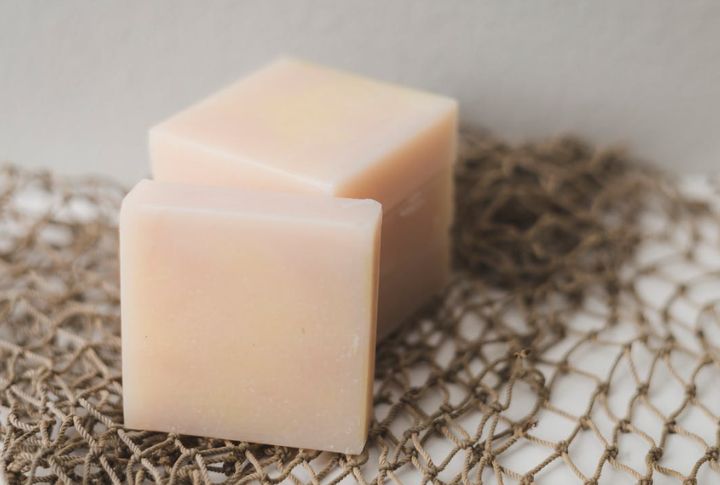
If you’ve ever tugged at a sticky drawer, bar soap might be the fix. Fatty acids in the soap coat wood runners to reduce friction. It’s a classic trick still trusted by antique restorers and woodworkers. Just skip glycerin soaps, which can make things worse by attracting moisture.
Foil Sharpens Dull Scissors
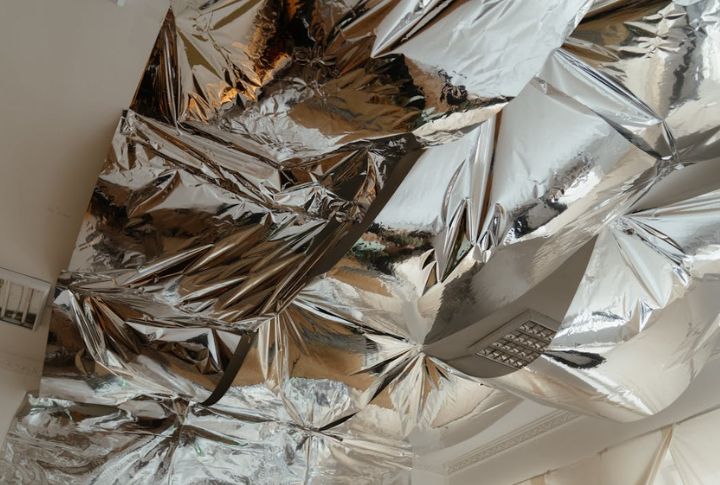
When scissors begin to drag, foil offers a quick refresh. Craft and sewing guides recommend folding 6–8 layers and making clean cuts to realign the blades. It won’t replace a full sharpening, but it’s handy for those in-between moments when precision starts to fade.
Lemon And Baking Soda Clean Cutting Boards

When combined, lemon juice and baking soda create a fizzy reaction that lifts stains and reduces bacteria. Culinary schools and food safety experts still recommend this simple method for monthly board care. It works on both wood and plastic and leaves surfaces cleaner than a basic wipe-down.
Aluminum Foil Polishes Silver Quickly
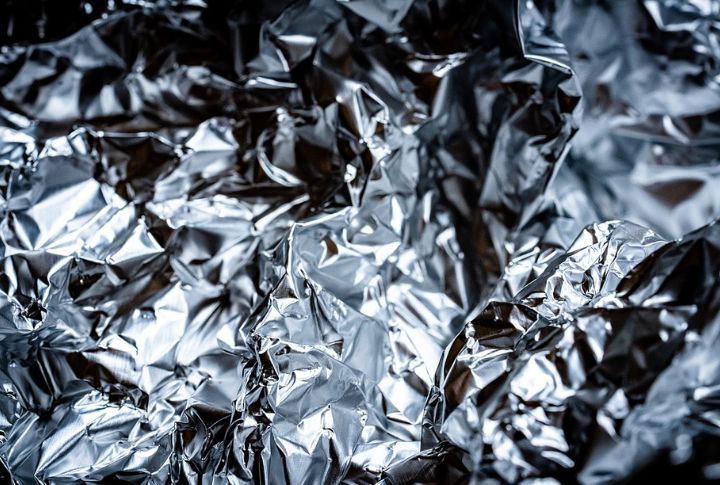
Many households have turned to this silver-cleaning trick for generations. When aluminum foil meets baking soda and hot water, a chemical reaction occurs, lifting tarnish from heirloom pieces in minutes. Even museum conservators trust it as a gentle substitute for harsh polishing chemicals.

